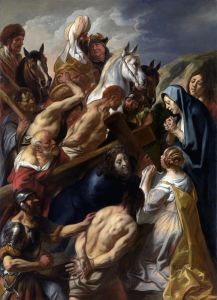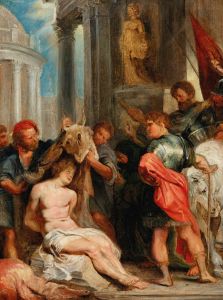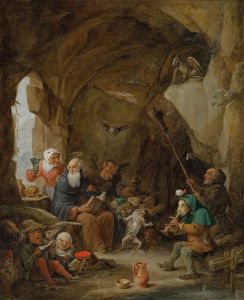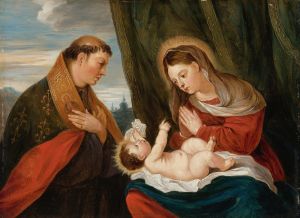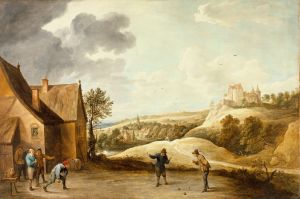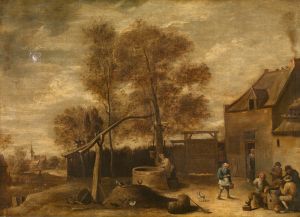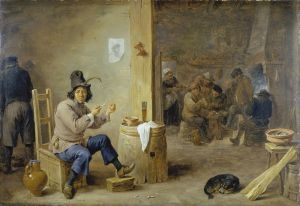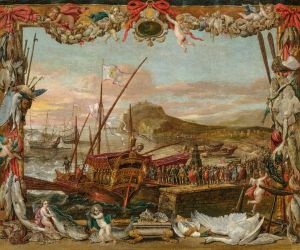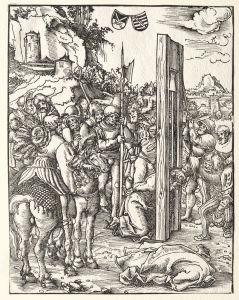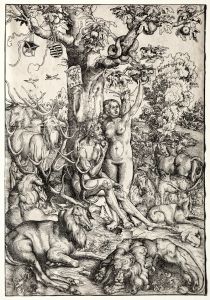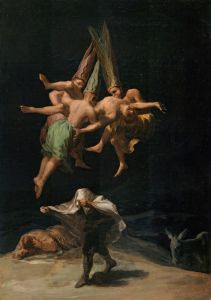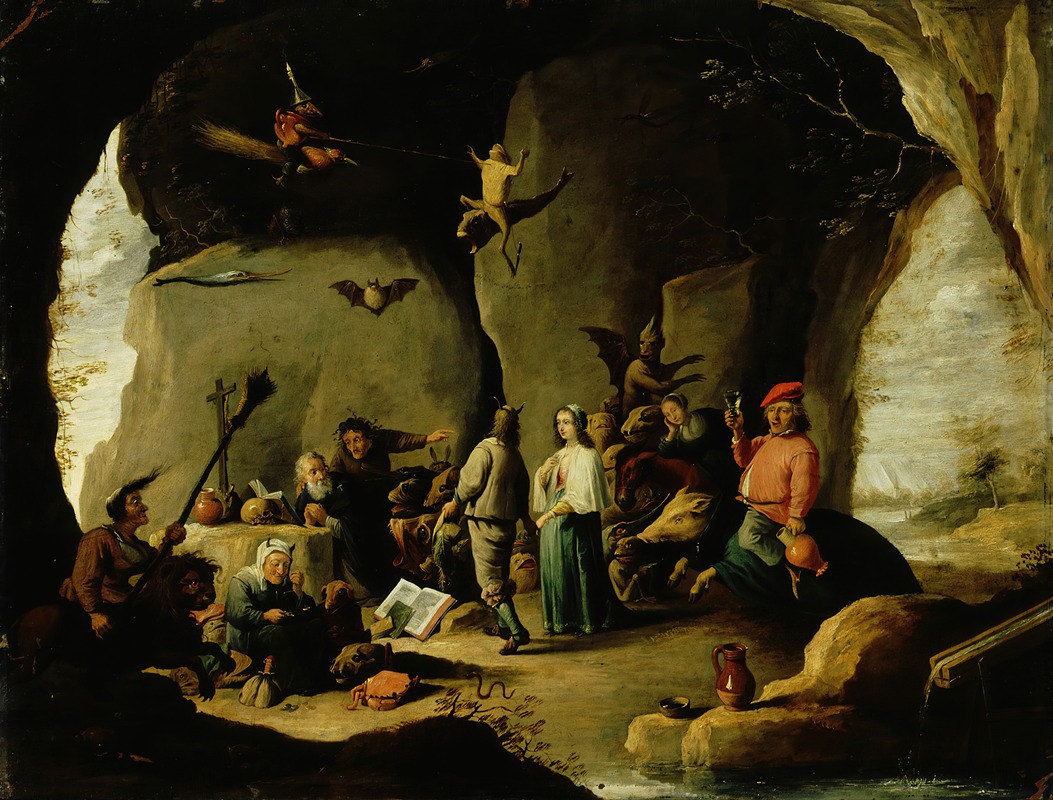
Temptation Of St. Anthony
A hand-painted replica of David Teniers The Younger’s masterpiece Temptation Of St. Anthony, meticulously crafted by professional artists to capture the true essence of the original. Each piece is created with museum-quality canvas and rare mineral pigments, carefully painted by experienced artists with delicate brushstrokes and rich, layered colors to perfectly recreate the texture of the original artwork. Unlike machine-printed reproductions, this hand-painted version brings the painting to life, infused with the artist’s emotions and skill in every stroke. Whether for personal collection or home decoration, it instantly elevates the artistic atmosphere of any space.
David Teniers the Younger was a prominent Flemish painter in the 17th century, known for his detailed and vibrant works that often depicted scenes of everyday life, landscapes, and religious themes. One of his notable works is "The Temptation of St. Anthony," a subject that has intrigued many artists over the centuries. This painting is part of a broader tradition of depicting the trials and tribulations of St. Anthony the Great, a Christian monk from Egypt who is considered one of the founders of monasticism.
"The Temptation of St. Anthony" by Teniers captures the moment when St. Anthony is besieged by various demonic entities and temptations, a narrative derived from the writings of Athanasius of Alexandria. The story tells of St. Anthony's retreat into the desert, where he faced numerous challenges from the devil, who sought to lure him away from his ascetic life and devotion to God. These temptations were often depicted as grotesque and fantastical creatures, a theme that allowed artists like Teniers to explore their creativity and imagination.
Teniers' interpretation of this theme is notable for its rich detail and the lively depiction of the supernatural elements surrounding St. Anthony. The painting typically features a central figure of the saint, often portrayed in a moment of prayer or contemplation, surrounded by a chaotic array of bizarre and menacing figures. These figures are rendered with a sense of dynamism and movement, creating a vivid contrast between the serene composure of St. Anthony and the tumultuous environment around him.
Teniers was known for his ability to blend elements of realism with fantastical imagery, a skill that is evident in this work. His attention to detail and use of color bring the scene to life, drawing viewers into the narrative and inviting them to explore the various elements within the composition. The landscape often plays a significant role in Teniers' works, and in "The Temptation of St. Anthony," it serves as a backdrop that enhances the sense of isolation and spiritual struggle faced by the saint.
The painting reflects Teniers' mastery of the Baroque style, characterized by dramatic expressions, vivid contrasts, and a focus on capturing the emotional intensity of the scene. His work on this subject is part of a larger tradition within European art, where the story of St. Anthony's temptations has been a popular theme for artists seeking to explore the battle between good and evil, faith and doubt.
Teniers' "The Temptation of St. Anthony" is housed in various collections, with different versions and interpretations attributed to him. Each version offers a unique perspective on the theme, showcasing Teniers' versatility and his ability to adapt the narrative to different contexts and audiences. His work continues to be studied and appreciated for its artistic merit and its contribution to the rich tapestry of religious art in the Baroque period.
Overall, David Teniers the Younger's depiction of "The Temptation of St. Anthony" stands as a testament to his skill as a painter and his ability to convey complex themes through his art. The painting remains an important piece within the canon of religious art, offering insight into the spiritual and artistic concerns of the 17th century.






